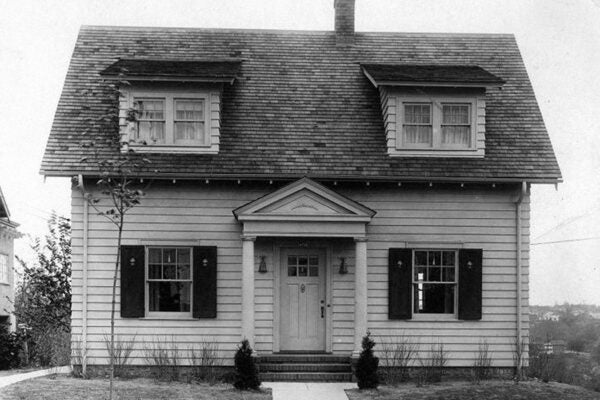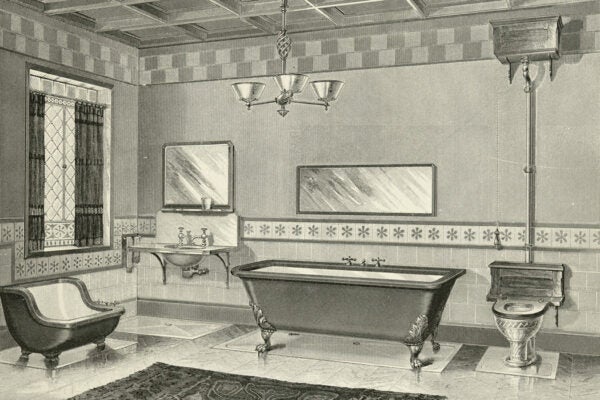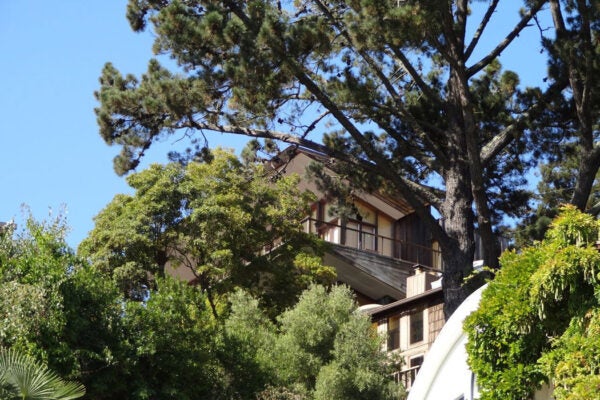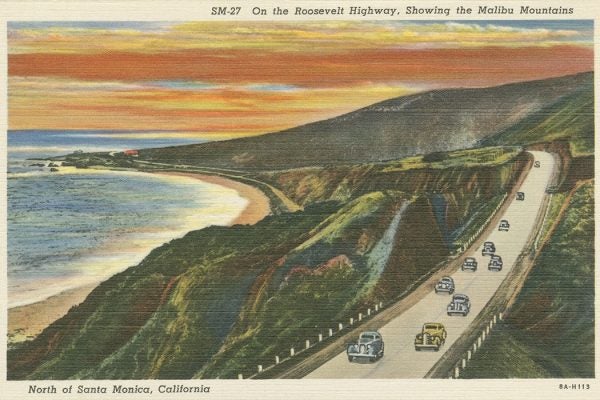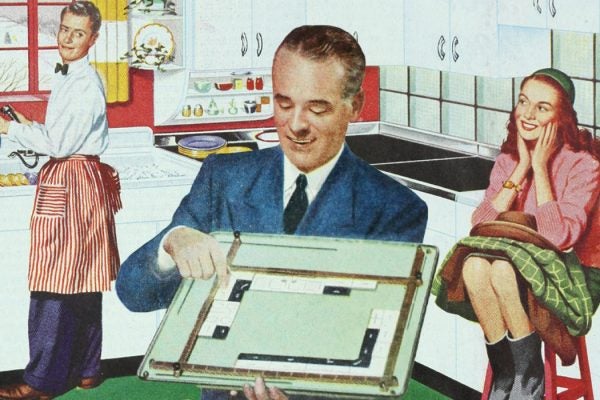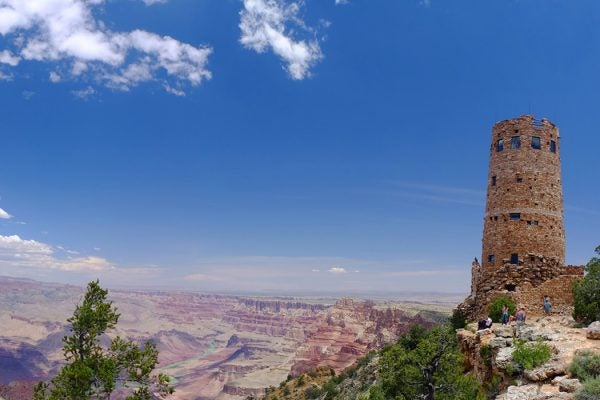Take Me Out to the Class Game: Social Stratification in the Stadium
The private boxes for the privileged few in today’s baseball stadiums are nothing new.
The Tiny House Trend Began 100 Years Ago
In 1924, sociologist and social reformer Caroline Bartlett Crane designed an award-winning tiny home in Kalamazoo, Michigan.
Dawn of the Bathroom
The bathroom didn’t become a thing until the nineteenth century, and most working-class US homes added plumbed-in amenities in piecemeal fashion over time.
Searching for Queer Spaces
The dominant heteroview of architectural history means we may lose our queer spaces and their histories before we even know they exist.
To the Lighthouses: A Path to Nationhood
Instilling confidence among merchants and ship captains was an area in which most agreed the new federal authority could and should act.
The Changing Face of Southern California
An expansive collection of postcards captures the evolving cultural landscape of Southern California—particularly greater Los Angeles—in the twentieth century.
The Midcentury Women Who Played With Dollhouses
How to sell white, middle-class women on suburban domesticity after World War II? Tantalize them with dollhouse-like models of new cabinets.
The Rhythms of Shaker Dance Marked the Shakers as “Other”
The name Shaker originally comes from the insult “Shaking Quakers,” which mocked the sect’s use of their bodies in worship.
How Mary Colter Made the Grand Canyon an Experience
Architect Mary Colter created buildings that incorporated local materials and indigenous motifs, blending with the environment rather than dominating it.
Gabrielle Berlinger
An interview with scholar and folklorist Gabrielle Berlinger, a professor of American Studies at the University of North Caroline Chapel Hill.

